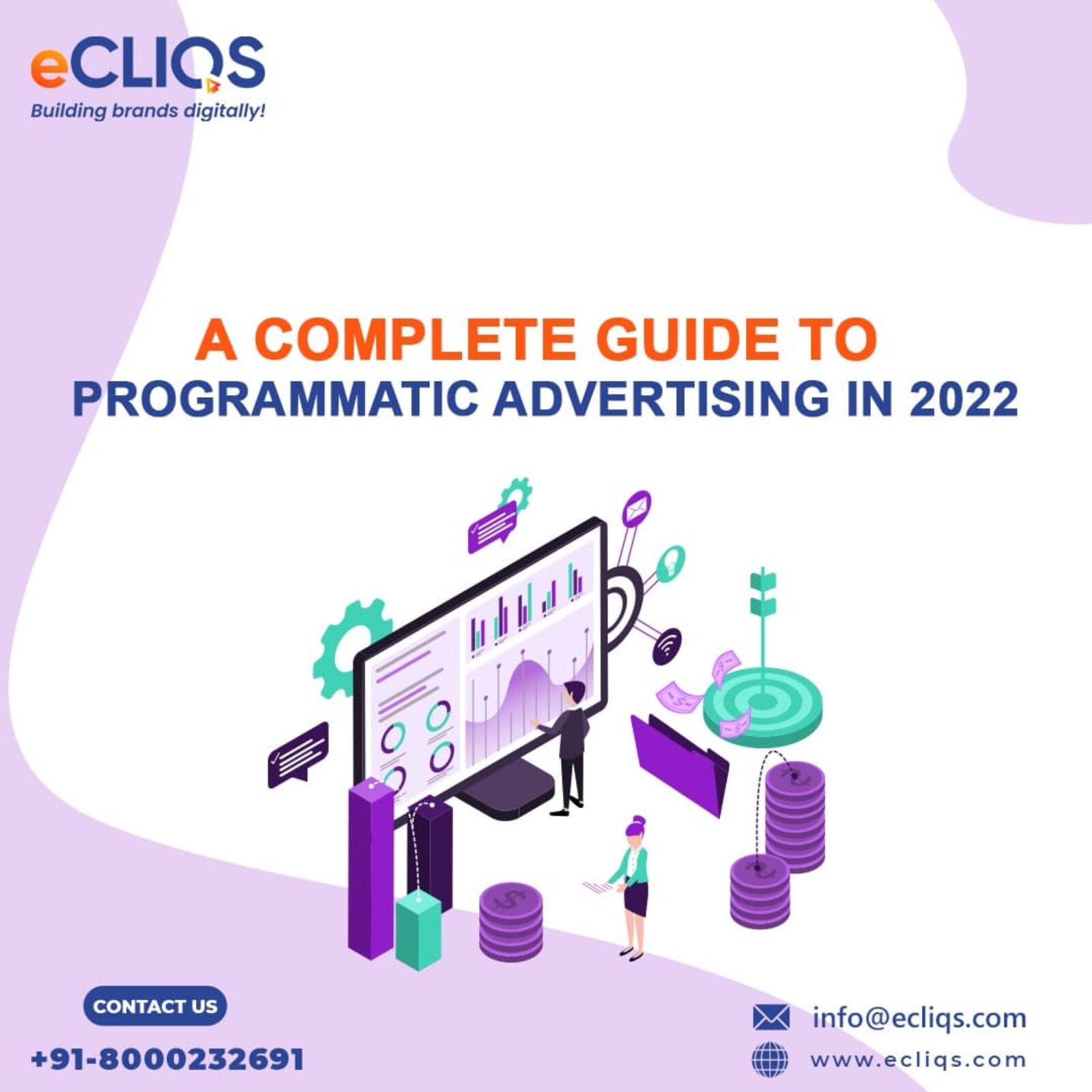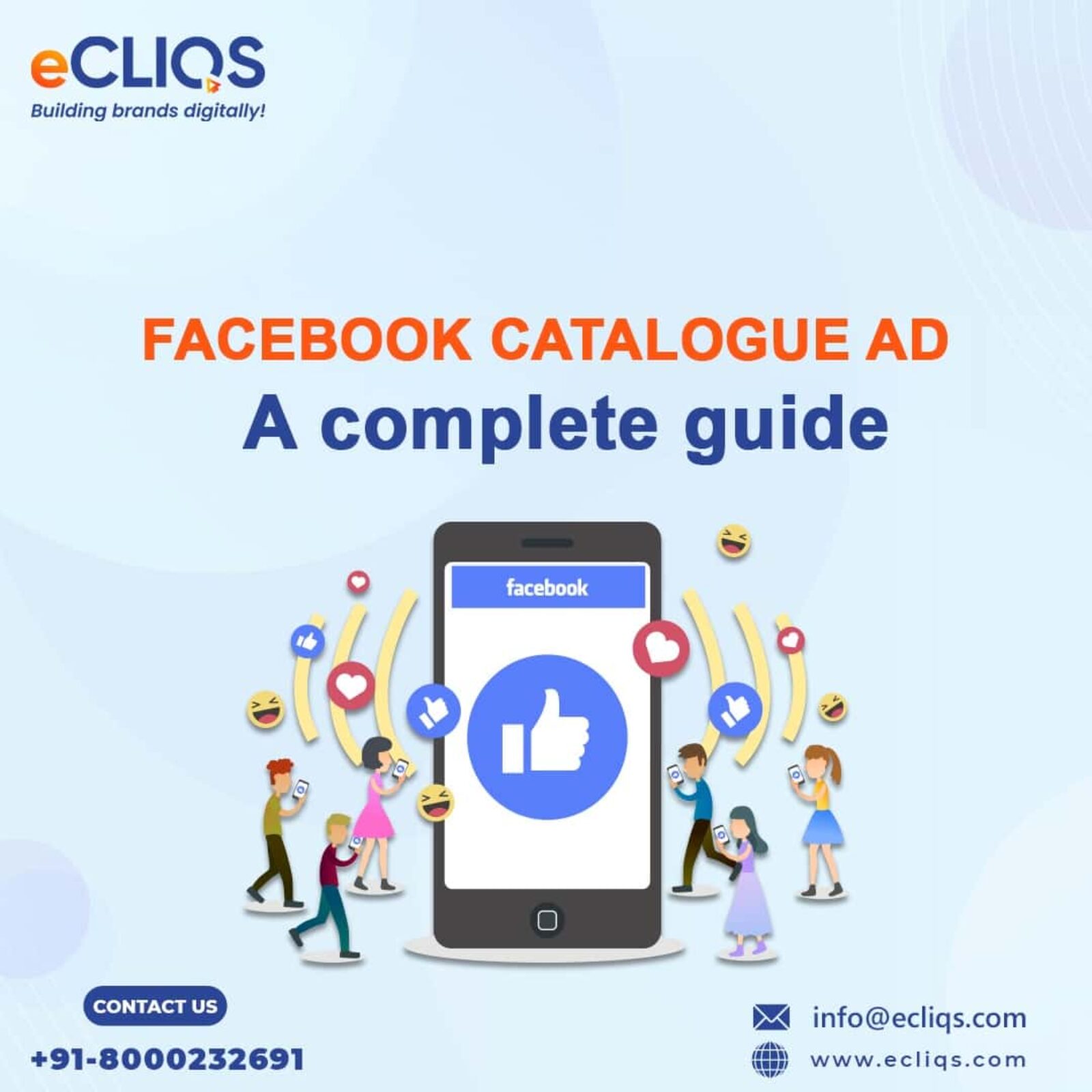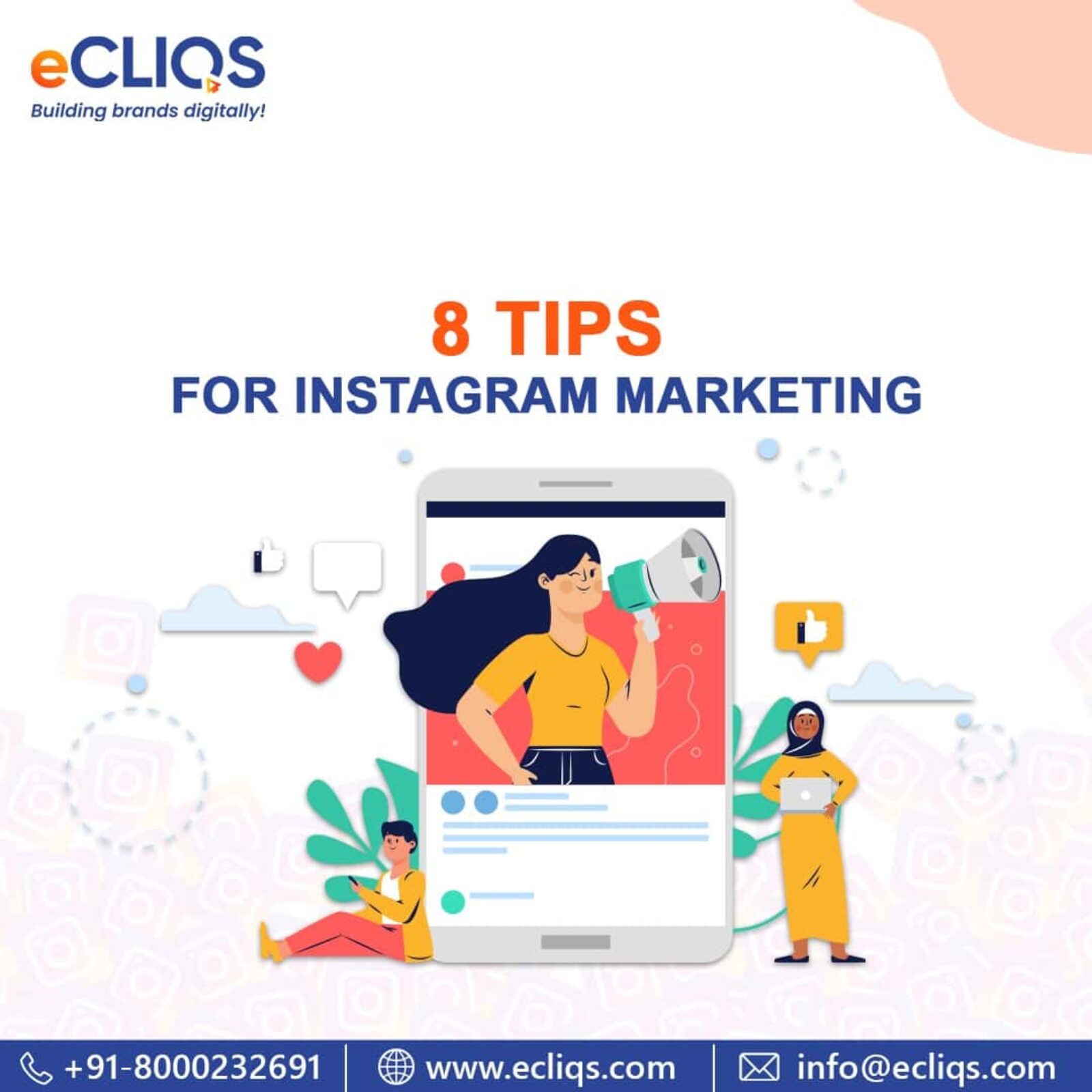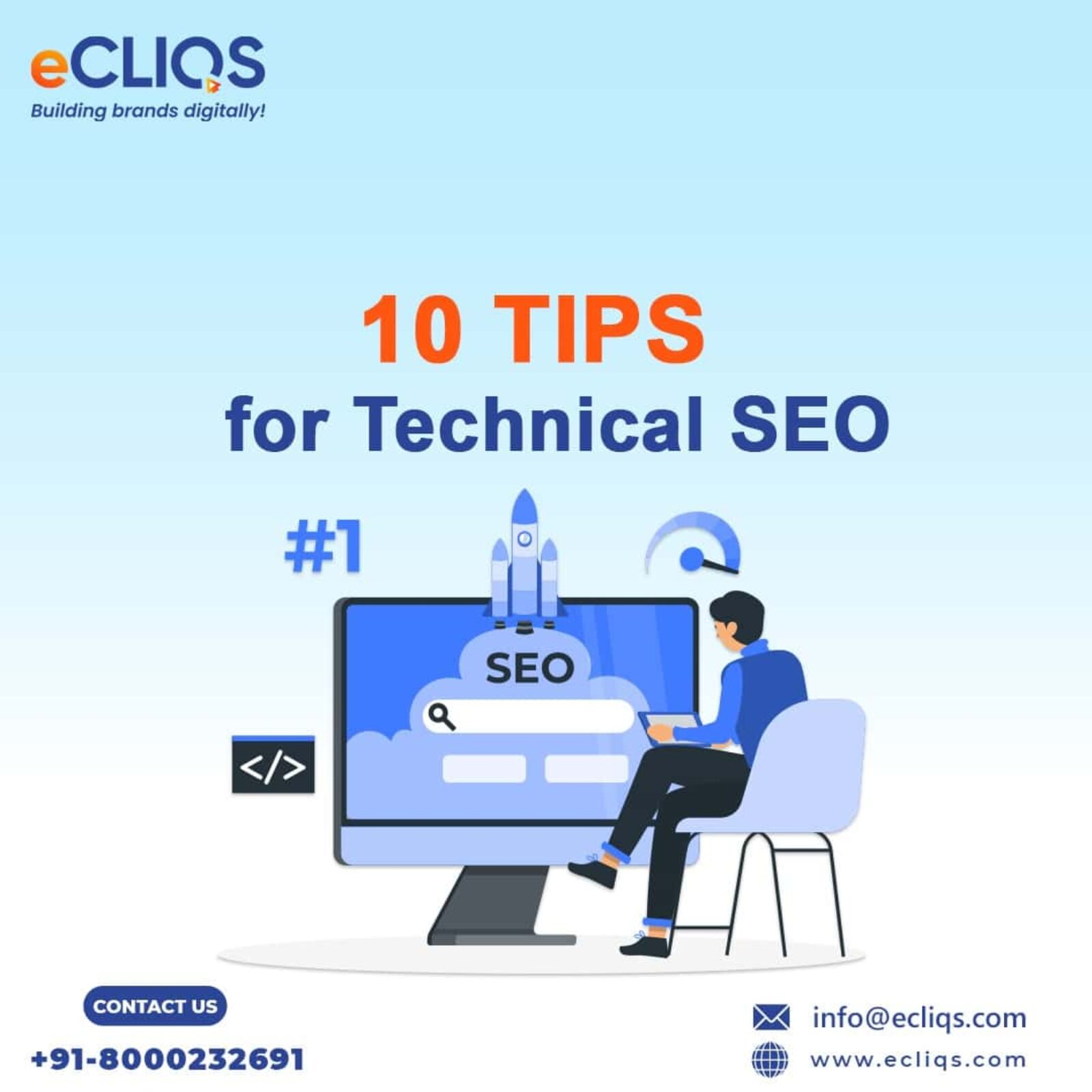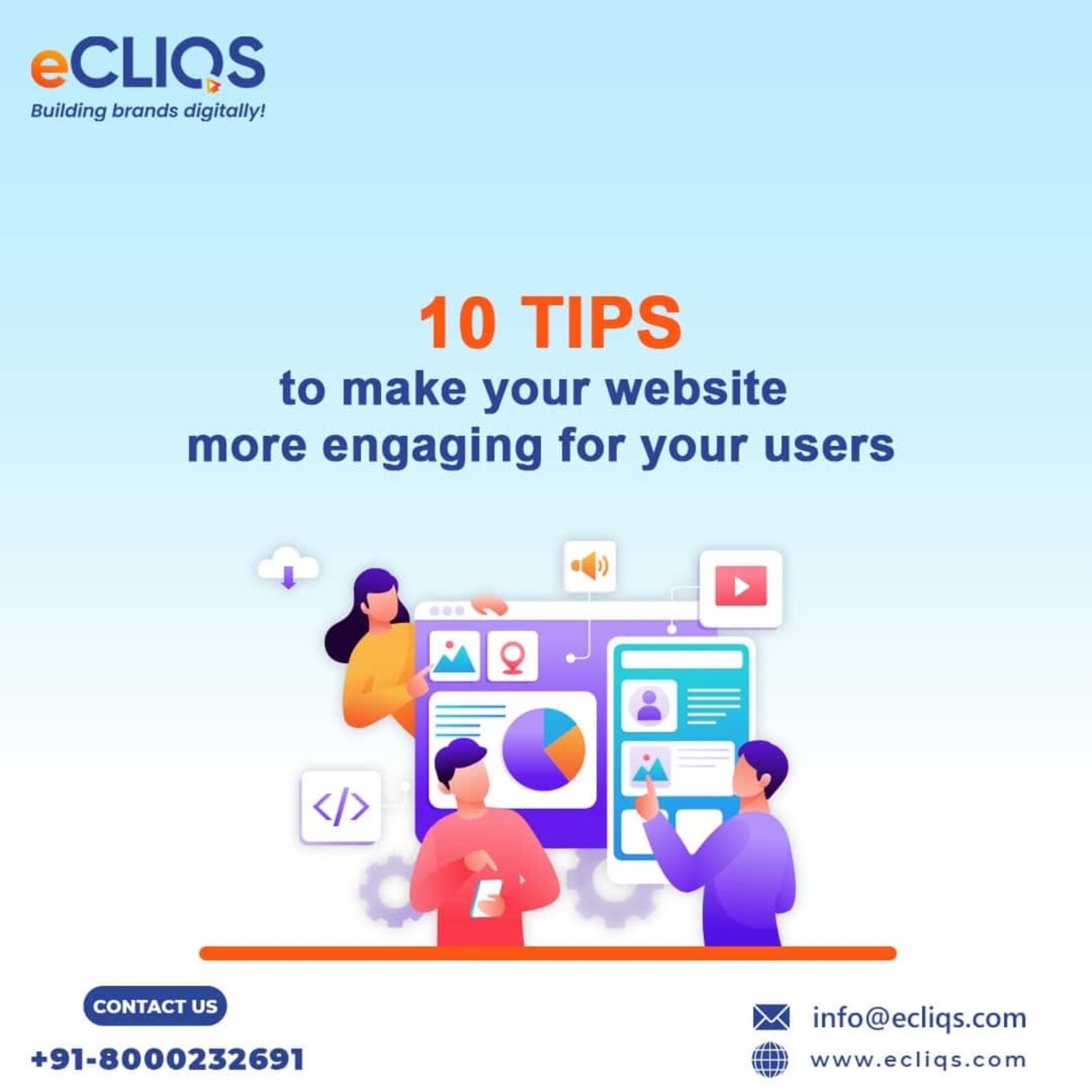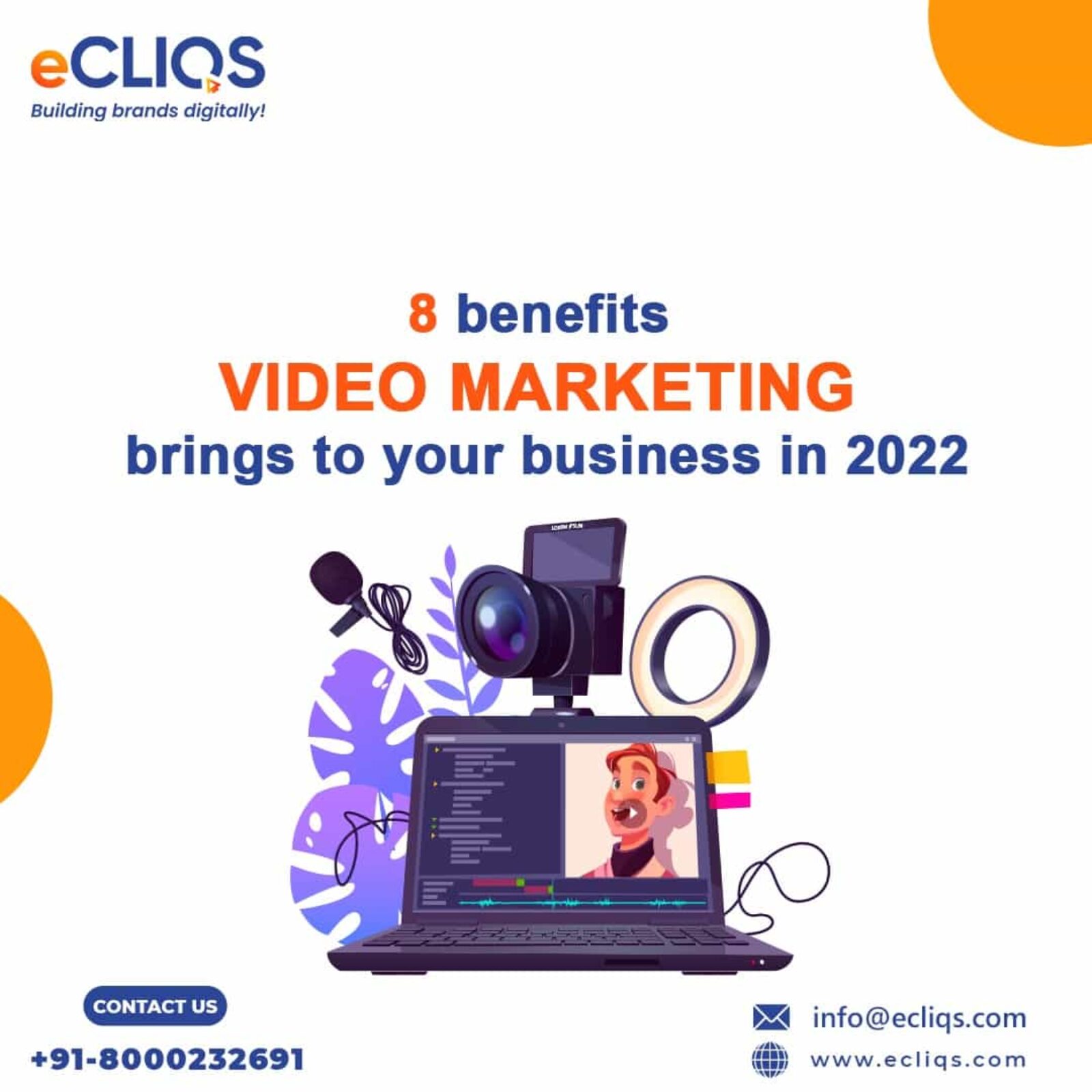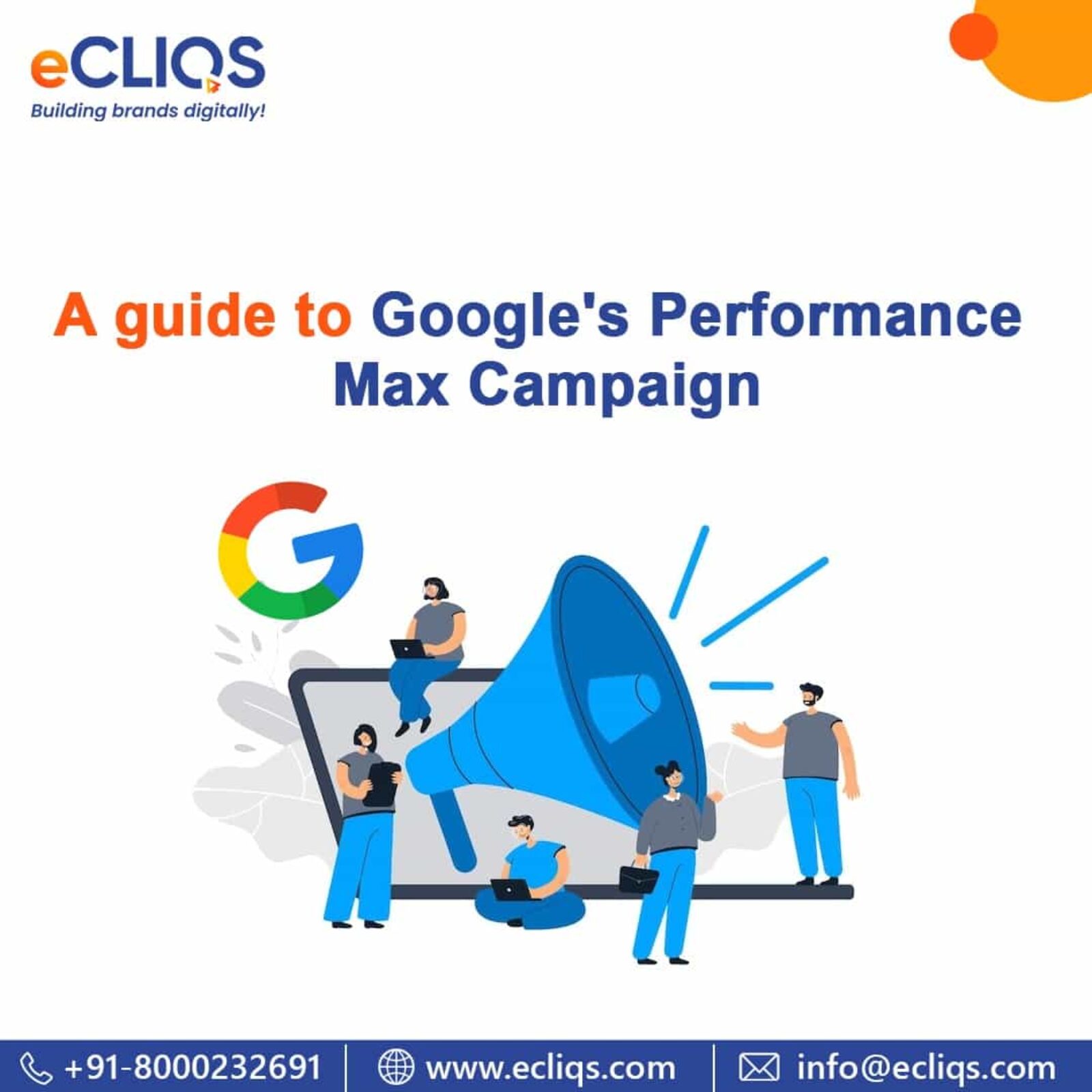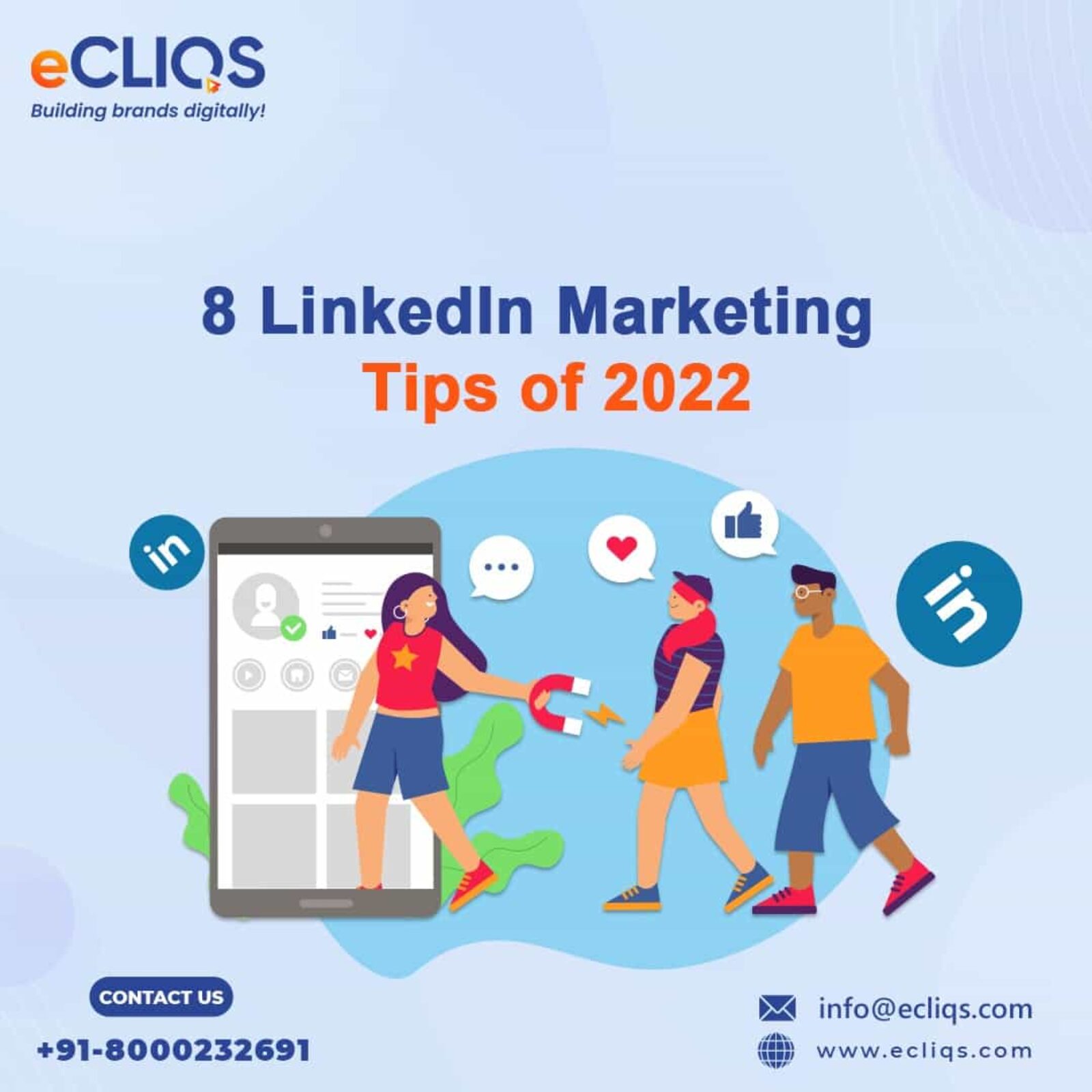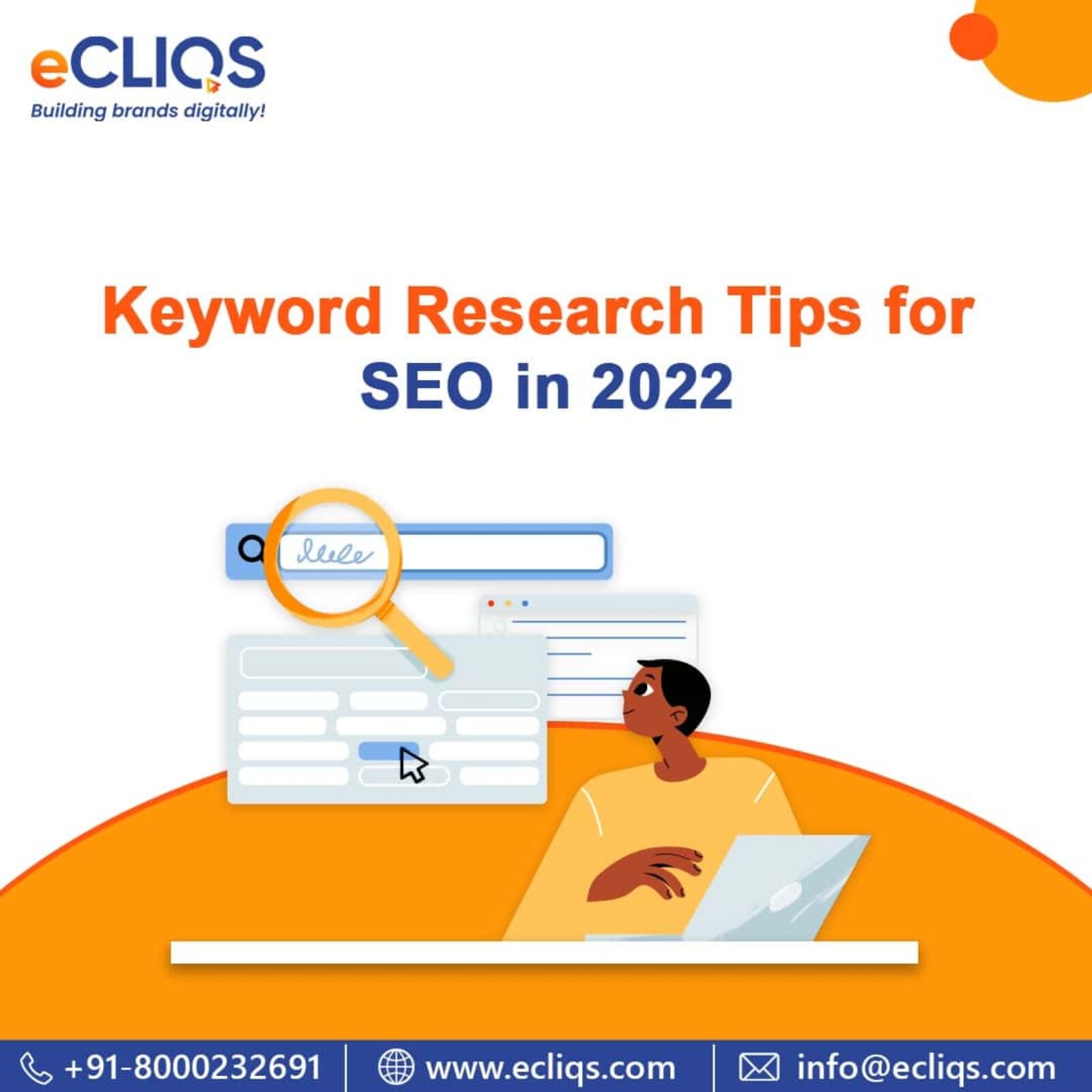A Complete Guide to Programmatic Advertising in 2022
Many people who work in digital marketing are still unsure of what programmatic advertising actually entails. Programmatic ad buying is complex since it combines data science, automation, and machine learning. It is easy to get lost in the sea of acronyms and buzzwords that...
Facebook Catalogue ads – A Complete Guide
Getting your products and brand in front of new audiences and re-engaging existing ones is the holy grail of marketing.Integrating your online store with Facebook’s Product Catalogue in Business Manager is one option.In this post, we’ll discuss the benefits of...
8 Tips for Instagram Marketing
Instagram has over 1 billion active users each month, making it the ideal platform for reaching a massive audience. Instagram is the most frequently visited social media platform, second only to Facebook, with users spending an average of 53 minutes each day there.Instagram...
10 Tips for Technical SEO
One of the cornerstones of SEO is the technical side of things. You could have the best article on the most-searched topic in your niche, but if your site hasn’t fixed its technical SEO faults, it won’t do well in the search engine results pages (SERPs).Therefore,...
10 Tips to Make Your Website More Engaging For Your Users
It’s crucial to make a good impression on people who check out your brand. The best way to proactively inspire them in the year 2022 is through a website. So, to make a long-lasting impression on visitors, you need to make your website more interesting.Just keep in mind...
Personal Branding – Why it’s important for entrepreneurs or business owners?
These days, “personal branding” is a well-known concept, and individuals often use it in the context of the marketing and commercial worlds. If you are someone who is taking the time to read this post, it is probably probable that you have been inundated with...
8 Benefits Video Marketing brings to your Business in 2022
In this fast paced environment, it’s more crucial than ever to create imaginative strategies to distinguish your product or service from the competition where marketers are fighting for your prospect’s attentionHere’s the intriguing part – video marketing...
A Guide to Google’s Performance Max Campaign
With the help of automation and machine intelligence, a new type of Google Ads campaign is here to help your advertising plan succeed. To accomplish these goals without relying on the Google Merchant Centre product feed, the company unveiled Performance Max (PMax) campaigns...
8 Tips for LinkedIn Marketing
B2B marketers can find the greatest pool of qualified prospects on LinkedIn, which has more than 882 million members (source: businessofapps.com). If you aren’t already using the platform, or aren’t using it to its full potential, you should think again....
Keyword Research Tips for SEO in 2022
To improve your SEO, you need to conduct keyword research often.It’s a continuous procedure that may significantly affect your online lead generation and client acquisition efforts.We guarantee that you will be able to make more informed decisions regarding your digital...

